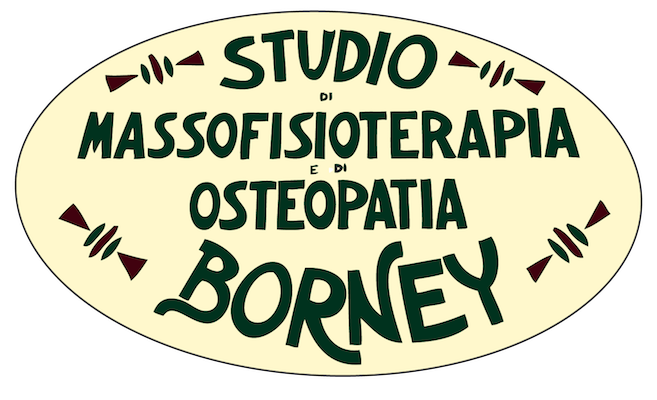The wind energetic characteristic in Tibetan medicine is the same as the Vata energetic characteristic for Indian Ayurvedic medicine.
Predominant poisons: attachment and selfish desire that distorts reality and overwhelms the quality of what is desired.
Predominant female ying energy.
Spontaneous development of the intelligence of the right hemisphere of the brain which includes non-rational, uncontrolled intuitive intelligence. Good perception for holistic theories, for music and for smell.
Perception of vast and non-rhythmic time, good development of the sensation of space and of everything.
The wind type.
The wind type is little interested in the social scale, sometimes too little, is very stressed, tends to have problems sleeping (he sleeps too much or suffers from insomnia), has a weak self-control and has a mind dominated by attachment. Unstable, very emotional, melancholic, he is easily frightened and laughs and talks enough, he loves singing and sex. He does not tend to be jealous. Thin and pale, he makes fast body movements, tends to hypotension, he is sensitive to cold and loves sweet, sour, bitter, hot food and drinks. He has irregular and crooked teeth and poor, fragile and dry hair. The most energetic moment of the day is at sunset and in the early evening hours. His radial pulse is weak, thin, fast, irregular with about 80 beats per minute.
If it does not harmonize the five elements and, above all, the relation between the metal (rationality) and the fire (vitality, passion, anger), he tends to have a short and inwardly poor life.
“Calmness can not be found in passions because what has been achieved is always just a starting point to desire more and more …”
Excessive wind disorders.
There is a tendency to sleep disorders, the mind is disturbed by conflicting thoughts and emotions, from anger, depression, nervousness, physical weakness, mental tension, from the desire to be alone, to cry, to escape situations, to constantly change work, partners, friendships … the body and the limbs tremble, he is afflicted by muscular pains and cramps in the stomach and in the upper part of the back and the nape. There is general physical discomfort, muscle stiffness and pain in joints, bones or sciatic nerve. He is prone to constipation or diarrhea, he has a continuous feeling of cold accompanied by dizziness. The sensory organs are numb, the eyes tend to be fixed and blocked, the mind sinks, the contact with the outside world is lost, especially at sunset and at dawn immediately after awakening. The taste in the mouth is bitter. The first morning urine is colorless and frothy (like beer). The tongue is red. If the wind personality is not balanced, it is more predisposed to diseases of the nervous system: various neuralgias such as sciatica and cervicalgia, mental imbalances such as stress, nervousness, panic, epilepsy and schizophrenia.
Self-destructive and self-healing diets for the wind type:
if we follow a balanced and harmonious diet we will greatly reduce the risk of physical and mental illness due to excess wind energy.
Self-destructive diet.
Drugs of any kind, cold food and drink, foods with a bitter, pungent, astringent taste, all “junk” food (such as potato chips), coffee, strong tea, too much water, goat or pork and game meat, sugar, millet, unripe fruits and certain vegetables, especially tomatoes. We must also avoid becoming too hungry or skipping meals.
Self-healing diet.
We must try to use foods with a sweet, salty, sour taste and moist foods that heat up like stews. It is good to use raw vegetable oils (especially olive and corn), butter, melted butter, beef, rabbit, lamb, horse, chicken, duck, dried meat, marrow, broths, fish, eggs, milk, cheese, molasses, ginger, salt, pepper, mustard leaves, radishes and hot peppers, onion, garlic, rice, wheat and barley. Use wine, beer, alcohol in a moderate and balanced way.
Contrary to popular belief, beans and legumes do not increase the wind mood excessively. If you have a tendency to wind disturbances you should especially follow the diet in late spring when wind energy accumulates and in summer when wind mood diseases tend to occur.
Self-destruction and self-healing behavior for the wind type.
Self-destruction behavior.
Extreme and negative emotional reactions, attachment to passionate stories and sex, prolonged fasts, little sleep, thinking too much and undergoing stress, too much physical work, stopping obsessively on one’s emotional problems, suppressing natural needs for eating, drinking, throwing up, sneezing, yawning, defecating and urinating. It is not good to chat too much about valueless things, to eat “junk” food, to lose too much blood (due to an accident, bleed from the nose, heavy menstruation or as a consequence of an organ donation), to get too cold, to go to the high mountains, to receive joint manipulations or violent massages.
Self-healing behavior.
It is very good to following a spiritual and artistic lifestyle, to devote oneself to physical activities, to practice relaxation techniques, to work on the energy of your body, to follow a healthy diet that warms and nourishes, to wear warm clothes, to learn practicing self healing techniques, to receive massages with light touches, with hot oil and with the stimulation of energy points on the whole body and especially on the feet (like moxa therapy on energy points). It is good to create heat because the wind type is basically cold. Wind types should receive at least one massage per month even when they are healthy. It is recommended to practice yoga, walking, playing non-violent sports and going to the beach, taking hot baths and showers.
Recommended colors: blue = stability, green = action, burgundy = protective
Colors to avoid: black = sadness
Season in which the wind mood is more manifested: spring
 Italian
Italian English
English French
French